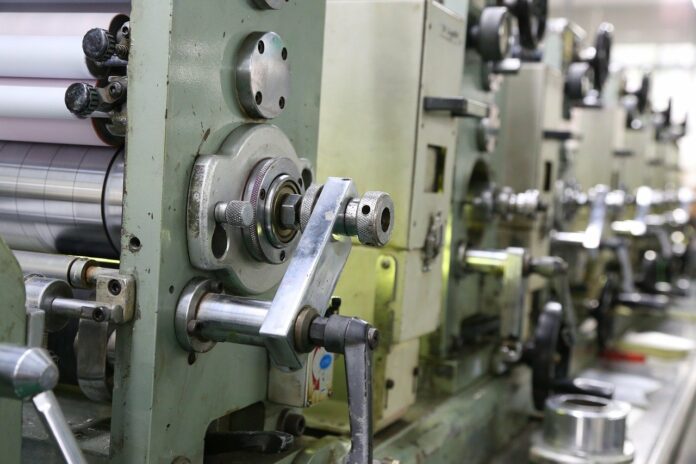All digital printers in Kent encounter the same question from countless customers on a daily basis:
Which type of printing is best?
It’s a relatively straightforward question, but one that is nonetheless impossible to answer. This is because each and every printing technique has its own unique advantages and disadvantages. Not to mention, appropriate applications and instances where it may be unsuitable for requirements.
Even when it comes to the difference between digital printing and offset printing, it’s impossible to label one as ‘better’ than the other. Instead, it’s a case of considering the properties of both, in order to determine which is more suitable for the job in question.
Offset Printing
Traditional offset printing is a tried, tested and trusted printing technique, which uses wet ink and printing plates to press images onto various materials. It’s a more complex, time-consuming and labour-intensive process than most modern forms of printing, which produces results that need plenty of time to dry before finishing.
However, it’s also possible for traditional offset printing methods to produce the highest-quality results of almost any printing technique. If you are planning on producing prints in extensive numbers from a handful of originals, offset printing can also be surprisingly cost-effective.
Let’s take a look at a summary of the pros and cons:
Offset Printing Pros
• Exceptional image quality that is consistent and reliable, producing clean and crisp copies no matter how many prints are run off.
• Improved accuracy and balance of colours, facilitated by custom colours being mixed for every job to deliver more accurate results.
• Offset printing can produce exceptional results on the vast majority of materials and mediums.
• If you are planning a particularly large volume job, offset printing could be the most affordable printing method of all.
Offset Printing Cons
• Typically too expensive and labour-intensive to be used where just a few copies are needed.
• It takes quite a long time to set everything up and get the process underway, therefore may not be suitable for more urgent printing jobs.
• If any imperfections are allowed to creep into the equation, they can be far more difficult and costly to correct, compromising the quality of every copy produced.
Digital Printing
The standard go-to for the vast majority of requirements these days, digital printing replaces traditional hard copies with electronic files. Absolutely any type of digital image whatsoever can be used to produce as few or as many copies as necessary, often at highly competitive prices. It’s also quicker and easier to make edits and alterations to the master image, before going ahead and producing any copies.
However, some would argue (and perhaps quite rightly) that digital printing can never quite replicate the quality or colour fidelity of offset printing.
Once again, let’s take a closer look at the primary pros and cons of digital printing:
Digital Printing Pros
• Significantly faster to set up and get underway than offset printing, for reduced overall turnaround times.
• The elimination of wet ink and water eliminates the risk of variations, ensuring every copy is identical.
• Digital printing offers unbeatable value for money where low volume jobs are concerned, or one-off prints required.
• Edits can be made to the master image along the way quickly, easily and at no extra cost, should any variations on the original be required.
Digital Printing Cons:
• As mentioned above, digital printing is quite capable of replicating the same quality or colour fidelity as that of traditional offset printing.
• Digital printing is also not compatible with as many different types of materials and mediums as the offset method.
• Large-volume jobs can be significantly more expensive with digital printing, though lower volume jobs are considerably cheaper.
If you’re still struggling to decide which way to go, speak to a professional printing house in Kent, like highly successful Digilab, to discuss your requirements in more detail. Though before doing so, it’s worth considering the following to help determine your ideal printing method:
1. How many copies are you intending to print?
2. Are you looking at a strict deadline or do you have time to play with?
3. Is the quality of the print or overall cost-effectiveness your priority?
4. What types of materials are you intending to print on and in what quantities?
5. Is it likely you will need to edit the original image along the way?
Answer these questions and you’ll find it much easier to choose between offset printing and digital printing. If in doubt, speak to a professional printing house for more information on both options.








